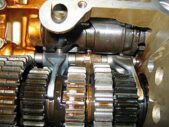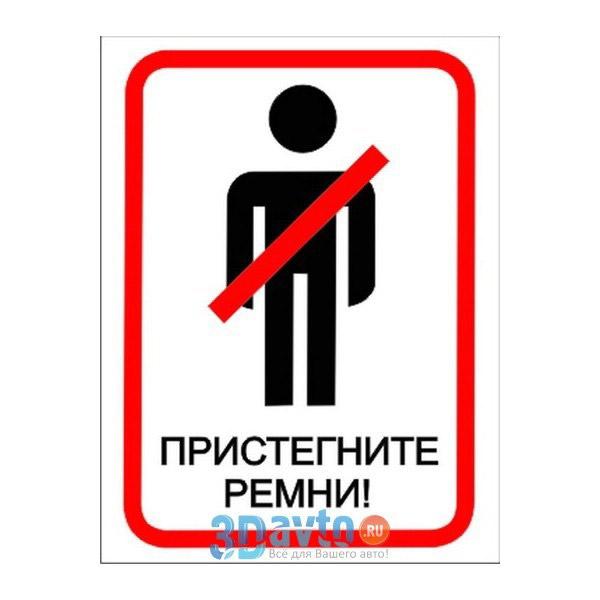
Lesson 3. How to change gears on mechanics
After you have understood and learned get under way on the mechanics, you need to learn how to ride it, namely to figure out how to change gears.
The most common mistakes newbies make when switching:
- not fully depressed clutch (crunch when shifting gears);
- inaccurate switching trajectory (lever movements should be straight and move at a right angle, not diagonally);
- wrong choice of the moment of switching (too high gear - the car will start to twitch or stall altogether, too low gear - the car will roar and most likely “bite”).
Manual Transmission Positions
The figure below shows the gear pattern that is repeated on most vehicles, with the possible exception of reverse gear. Very often, the reverse gear is located in the area of the first gear, but to engage it, you usually need to raise the lever.

When changing gears, the trajectory of the lever should coincide with that shown in the figure, that is, when the first gear is engaged, the lever first moves all the way to the left and only then up, but in no case diagonally.
Gear shifting algorithm
Let's say the car has already started and is currently moving at first speed. Upon reaching 2-2,5 thousand rpm, it is necessary to switch to the next, second gear. Let's analyze the switching algorithm:
Step 1: At the same time, release the throttle and engage the clutch.
Step 2: Move the gear lever to second gear. Most of the time, second gear is under first, so you need to slide the lever down, but lightly push it to the left to keep it from slipping into neutral.
There are 2 ways to switch: the first is described above (that is, without shifting to neutral). The second way is that from the first gear we go to neutral (down and right), and then we turn on the second gear (left and down). All these actions are performed with the clutch depressed!
Step 3: Then we add gas, about 1,5 thousand rpm and smoothly release the clutch without jerking. That's it, second gear is on, you can accelerate further.
Step 4: Shift to 3rd gear. When reaching 2-2,5 thousand revolutions in 2nd gear, it is advisable to switch to 3rd, here you cannot do without a neutral position.
We carry out the actions of step 1, return the lever to the neutral position (by moving up and to the right, the main thing here is not to move the lever to the right further than the central position, so as not to turn on the 5th gear) and from neutral we turn on the 3rd gear with a simple upward movement.

At what speed what gear to include
How do you know when to change gear? This can be done in 2 ways:
- by tachometer (engine speed);
- according to the speedometer (according to the speed of movement).
Below are the speed ranges for a particular gear, for quiet driving.
- 1 speed - 0-20 km / h;
- 2 speed - 20-30 km / h;
- 3 speed - 30-50 km / h;
- 4 speed - 50-80 km / h;
- 5 speed - 80-more km / h

